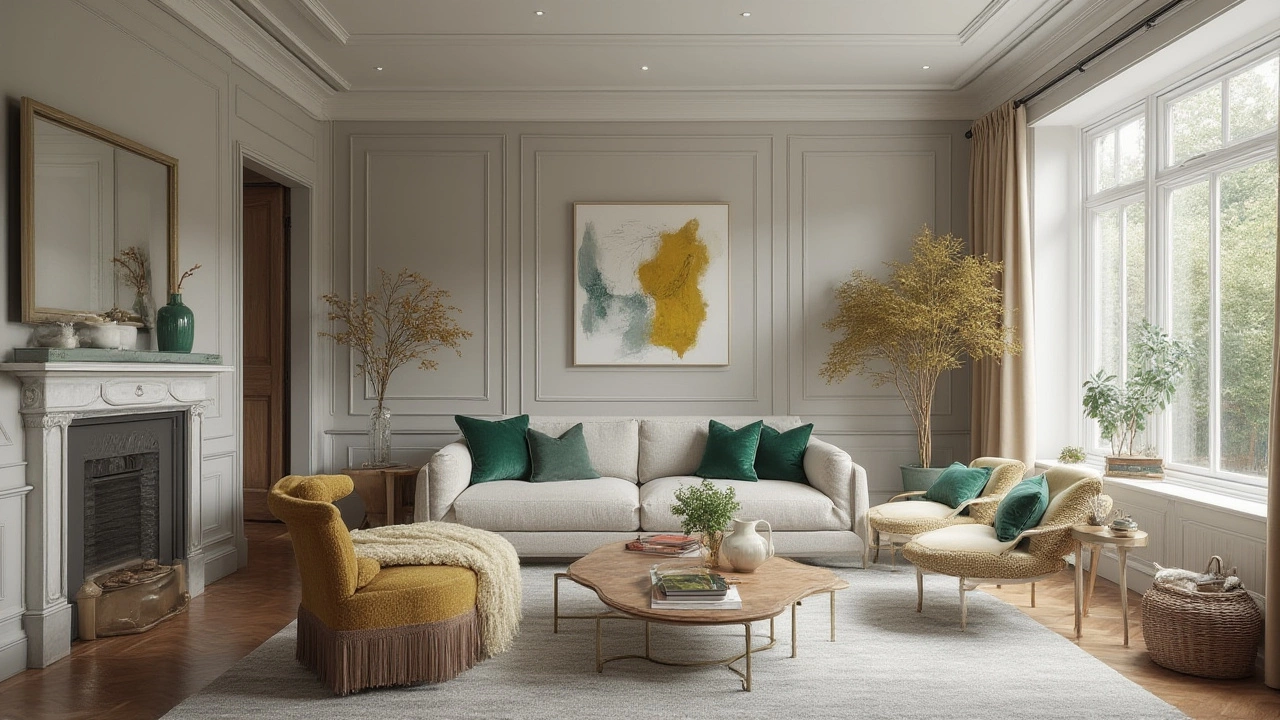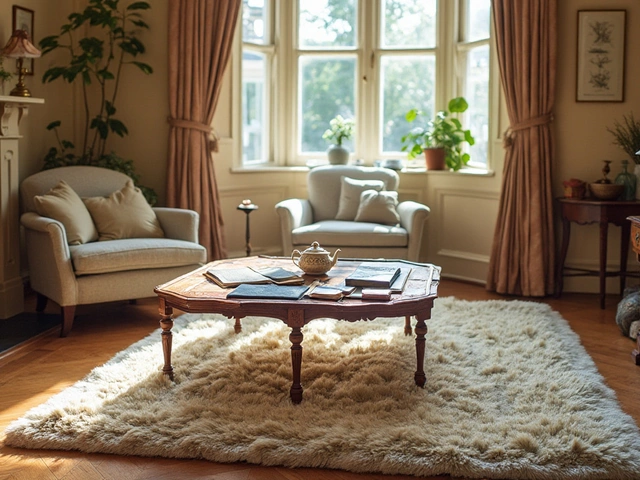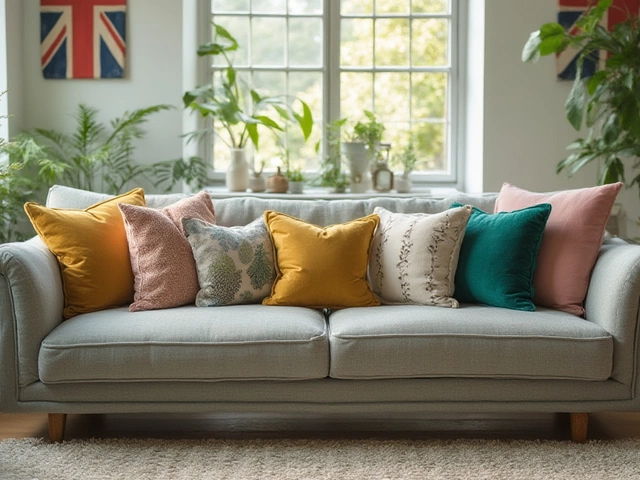Design Balance Made Easy
Ever walked into a room and felt something was off, even though you liked most of the pieces? That’s a lack of design balance. It’s not about buying expensive stuff – it’s about arranging what you have so everything feels right. Below are quick, no‑stress ways to get that sweet spot where furniture, colours and accessories work together.
Start with the Big Pieces
First, look at the biggest items: sofas, tables and beds. A common mistake is choosing a couch that dominates the space or a bed that looks tiny in a large room. Measure your floor space and pick a size that leaves about a foot of walking room around each piece. For example, a three‑seater couch around 84 inches (the most popular size) fits most living rooms without crowding the area.
Next, think about proportions. If you have a low, wide coffee table, pair it with a sofa that has a deeper seat. A deeper sofa (around 24‑26 inches) offers comfort and keeps the visual weight even. When the pieces match in scale, the room feels grounded.
Use Mirrors and Curtains Wisely
Mirrors can double the sense of space, but the shape matters. Round mirrors add softness, while rectangular ones sharpen lines. Pick a shape that echoes the lines of your furniture – a rectangular mirror above a straight‑edge console works well. And remember the rule of thirds: the mirror should be about one‑third the width of the wall it hangs on.
Curtains are another balance tool. Hanging them too high or too low throws off proportions. The sweet spot is to hang the rod about 4‑6 inches above the window frame and let the curtains fall just touching the floor or a couple of inches off. If you prefer a modern look, a 2‑inch gap is fine and makes cleaning easier. Consistent curtain length across rooms creates a unified feel.
Colour is the final piece of the puzzle. Stick to a base palette of 2‑3 colours and add a fourth as an accent. If your sofa is a neutral grey, pop in cushions in the trending 2025 shades – think warm terracotta or muted teal – but keep the pattern simple. Too many bold patterns clash and break balance.
Don’t forget texture. Pair a smooth velvet pillow with a rough wool rug; the contrast adds interest without shouting. Speaking of rugs, choose low‑maintenance options like washable polyester if you have pets – they keep the look tidy and the room balanced.
Finally, step back and live in the space for a day. If you constantly move furniture around, you probably haven’t hit the right balance yet. Small tweaks – swapping a side table, adjusting a lamp height – can make a huge difference.
Balance isn’t a strict formula; it’s about feeling comfortable and seeing everything work together. Use these quick checks, trust your eye, and enjoy a home that feels just right.

Unlocking the 70 30 Rule in Interior Design: Perfect Balance for Every Room
Discover how the 70 30 rule in interior design creates harmony, the science behind it, and easy ways to use it for stunning, balanced rooms.
Categories
- Storage (27)
- Bathroom (18)
- Sofas (15)
- Curtains (15)
- Home Decor (12)
- Bedding (11)
- Kitchenware (11)
- Cushions (11)
- Mirrors (10)
- Rugs (9)



